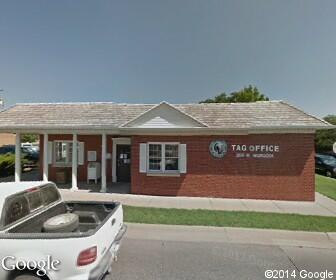
“All homeless individuals deserve to be in a safe environment and treated with respect and dignity,” the statement said. It’s a basic human need to seek shelter.”Ī statement from Open Door in early October said that some of the violence was targeting unsheltered people and that the organization was “deeply concerned for the safety of our homeless friends.” “Granted, don’t want trespassing this and that, but also you’ve got people laid up against a building in the middle of winter because it’s a breakup of the elements. “All of a sudden you’re splitting hairs,” he said. “Along with people complaining of trash, debris, and unsanitary conditions.”Ī review of 911 calls in Patrol South Beat 21, which covers Old Town, showed a peak in disturbance-related calls in early summer. “Looking at (2021) June, July and August there are nine cases of robbery, aggravated assault, and aggravated battery - violent crimes that catches people’s attention,” Nienstedt said. The statistics are considered a “very high” volume of calls in an area that would be difficult to duplicate in other parts of Wichita, Nienstedt wrote in an email. Since January 2020, police have received reports of three rapes, 11 robberies, 11 aggravated assaults and nine aggravated batteries in the 200 and 300 blocks of North Topeka Street, according to data provided to The Beacon. Dave Nienstedt, SUPERVISOR OF THE POLICE DEPARTMENT’S HOMELESS OUTREACH TEAM People come from all over town to prey on folks down there. “We want to advocate for the homeless, but we also cannot tolerate behavior that is not safe towards the homeless or with us.”īoth Nienstedt and Smith referenced specific cases of violence near Open Door: shattered windows, a drawn machete and a woman stabbed in the parking lot - twice.Īlong with an increase in 911 calls involving disturbances and violence in the past year, HOT officers were inundated with emails and phone calls from local business owners and residents, Nienstedt said.

“We’re there to serve the homeless,” Smith said in an interview. Smith said she told Nienstedt she feared for the staff’s safety as unsheltered people frequenting the area became targets of violence.

Nienstedt said that “712 calls in a tight one-block area is a tremendous amount of volume.” Over 700 calls for service have been dispatched since April in a 10-block area around Second and Topeka streets, including calls related to disturbances, assaults and welfare checks, according to Sedgwick County Emergency Communications.Ī 911 call can be categorized as “violent” if it involves aggressive or threatening behavior, regardless of physical contact, according to Wichita Police. “But the issue of homelessness and behavioral issues related to untreated mental health/substance use disorders is an on-going concern.” Disturbances lead 911 calls in area “I just don’t want to stir the pot on the white lines any further,” she wrote in an email to The Beacon. “The Homeless Outreach Team presented the painted lines idea to the City’s law and public works departments with the goal of creating a visual, educational approach to maintain accessibility to area businesses and ensure safe, passable rights of way for all residents,” Magana wrote in an email to The Beacon.ĭeann Smith, executive director of United Methodist Open Door, said the city and Sedgwick County have asked the Mental Health & Substance Abuse Coalition to create short-term and long-term plans within 60 days addressing a crisis affecting the majority of unsheltered people.

City Attorney and Director of Law Jennifer Magana said HOT officers presented the idea to the city law and public works departments after area business owners repeatedly expressed concerns about safety and difficulty accessing their properties.


 0 kommentar(er)
0 kommentar(er)
